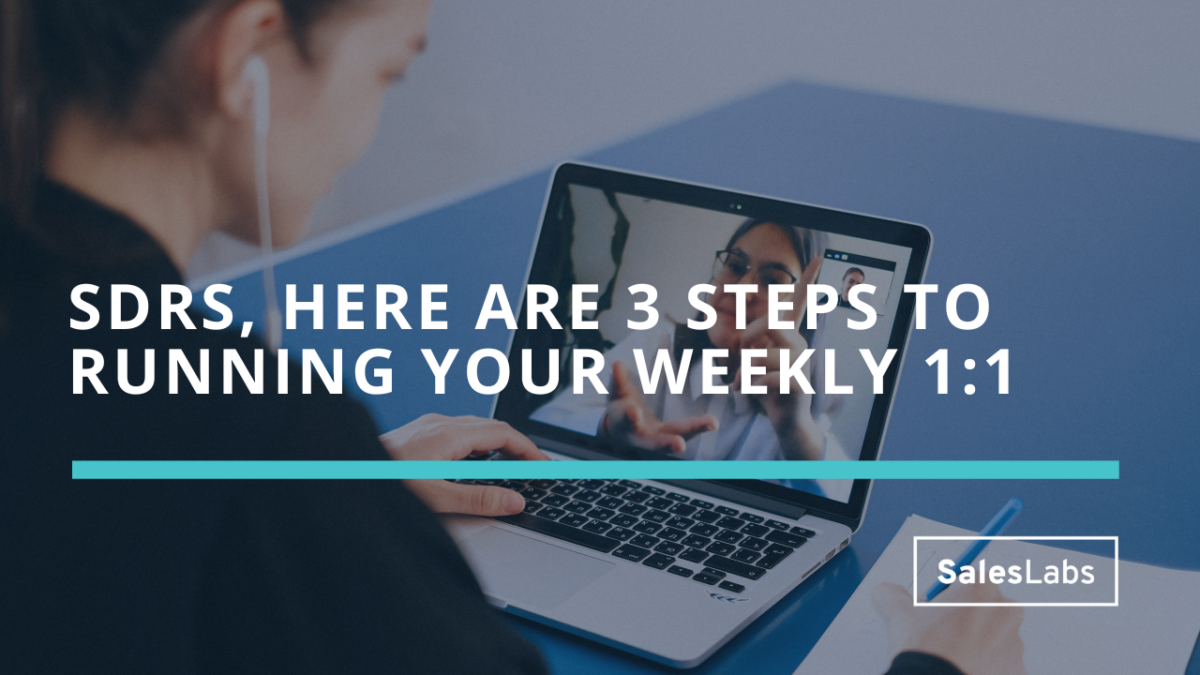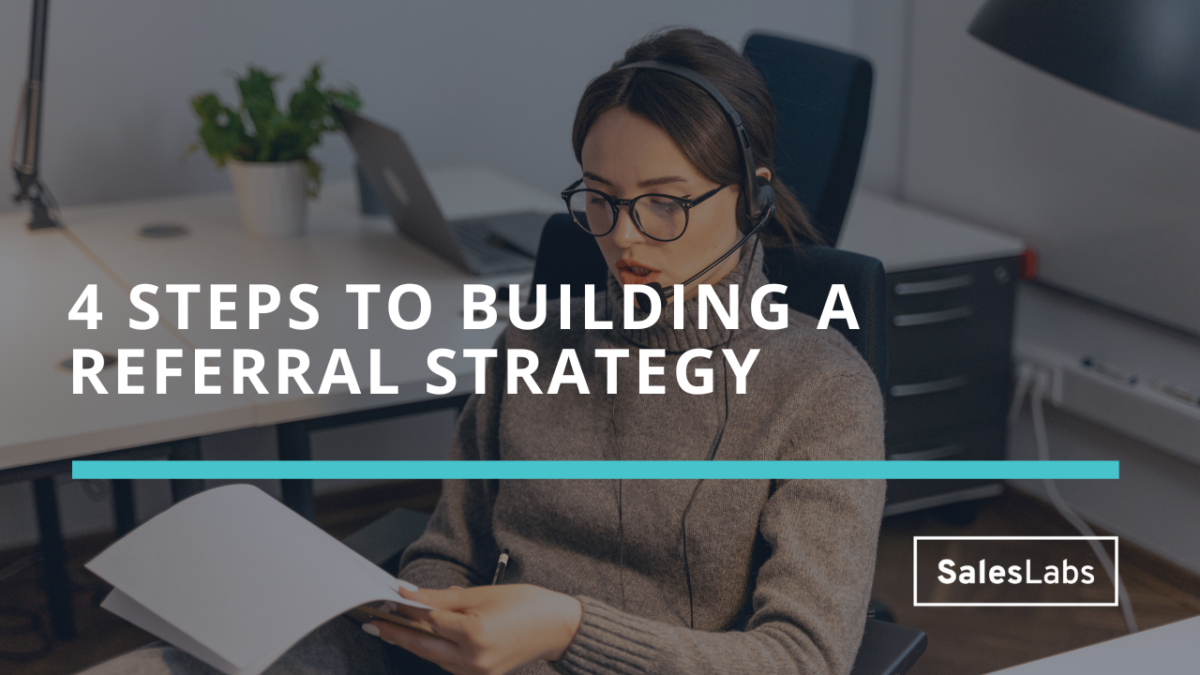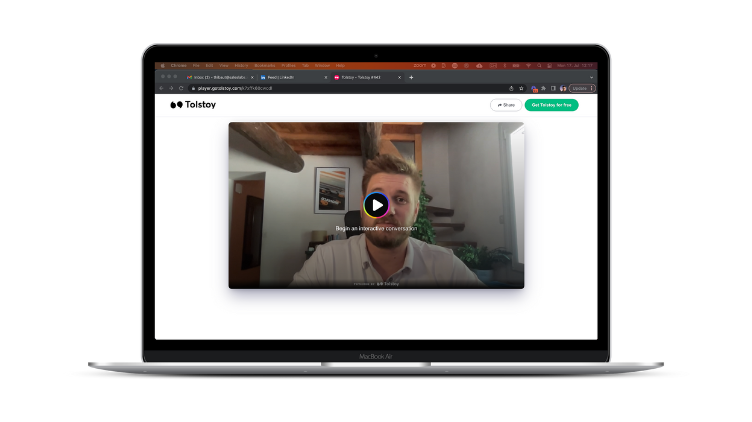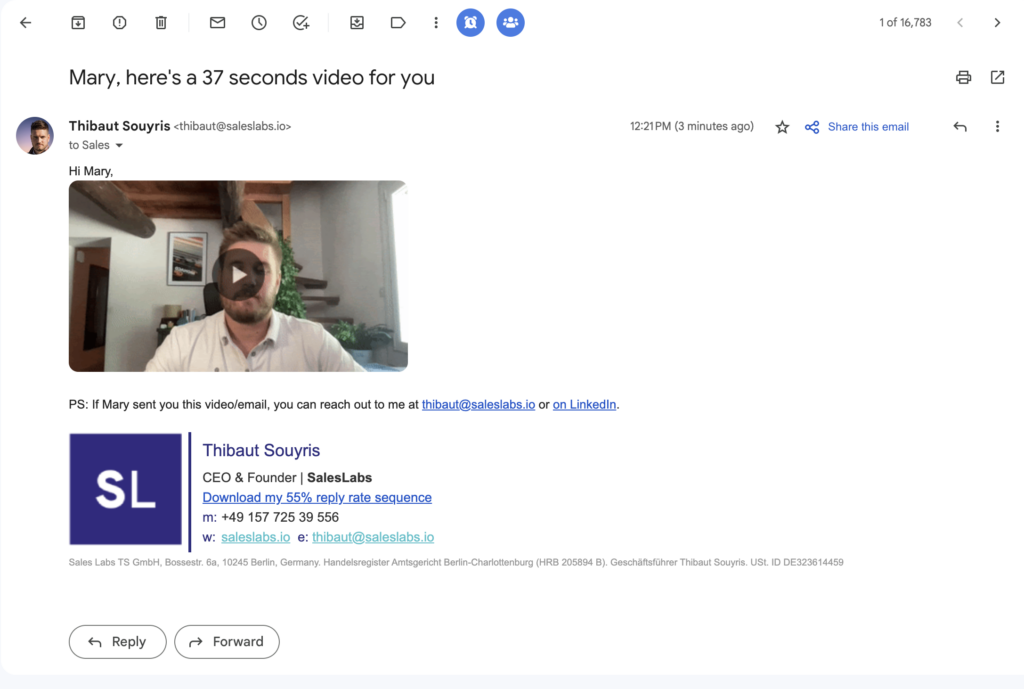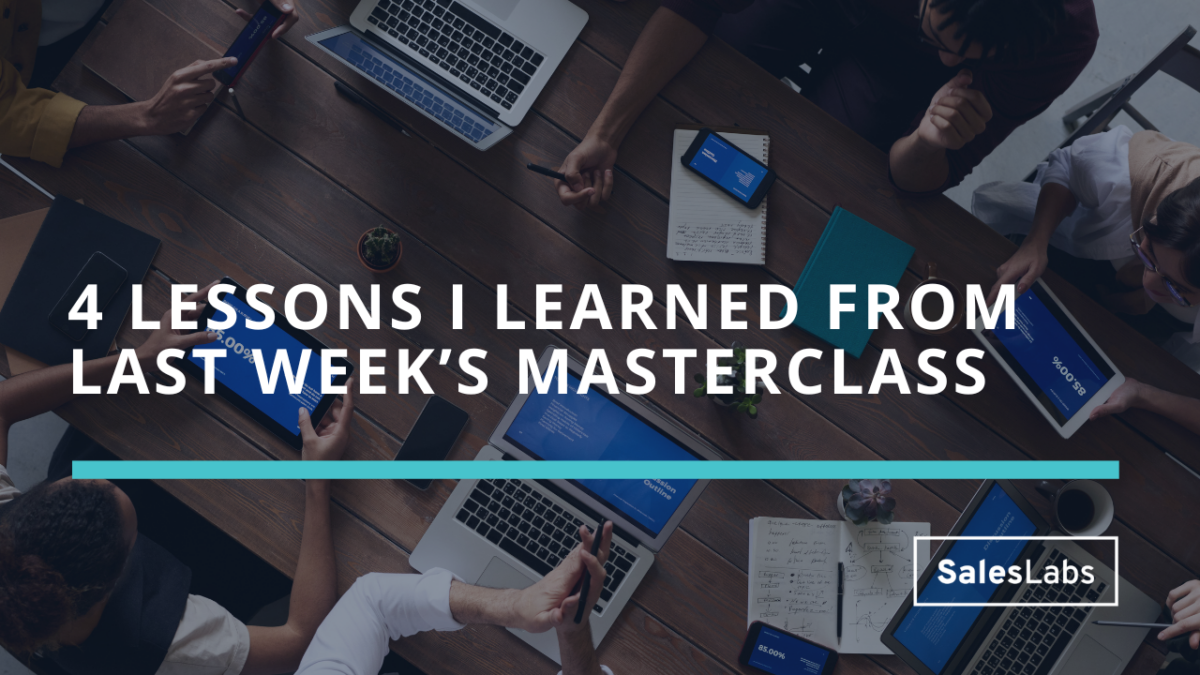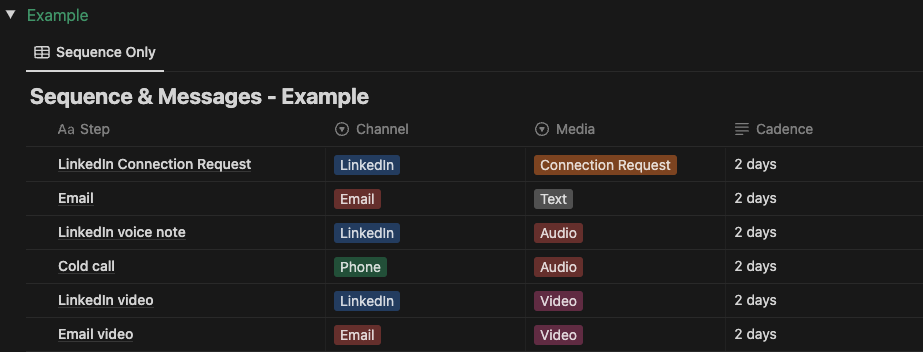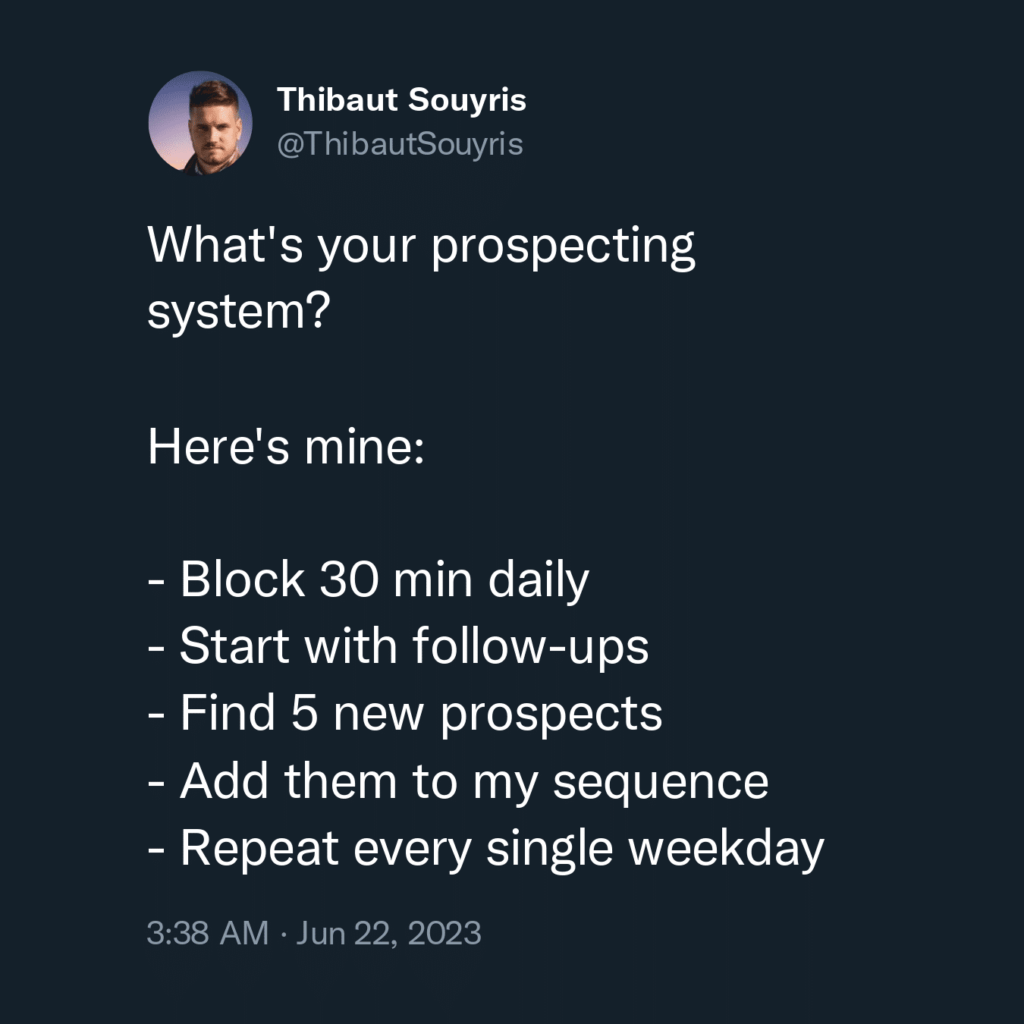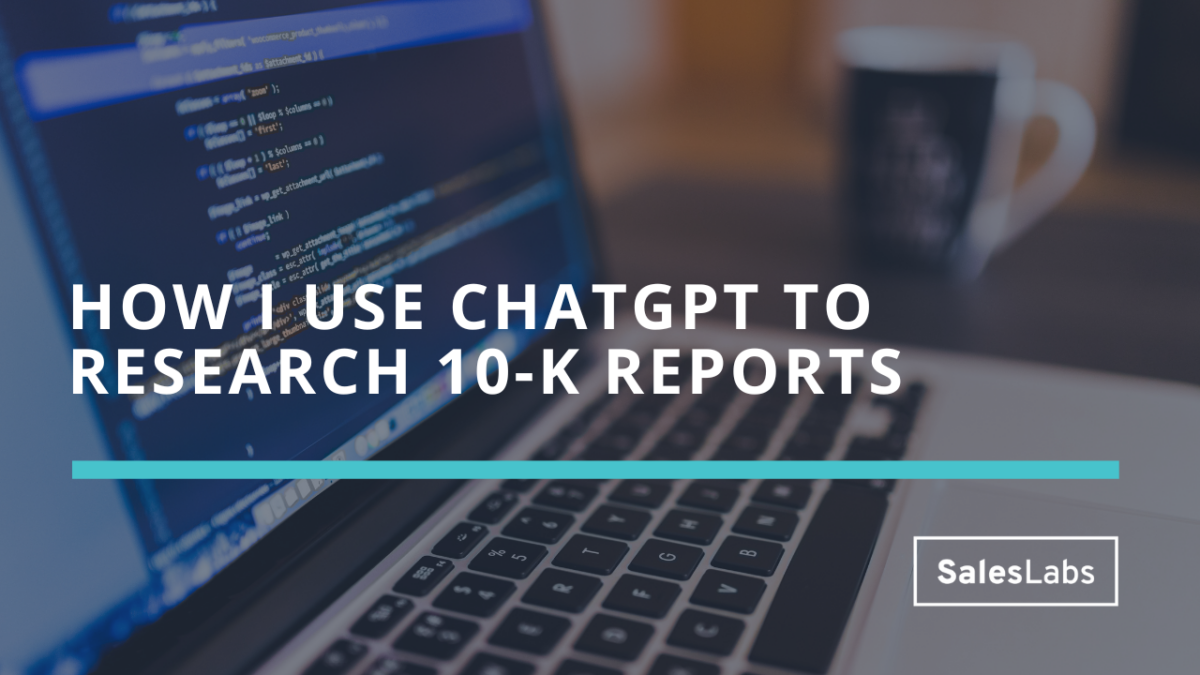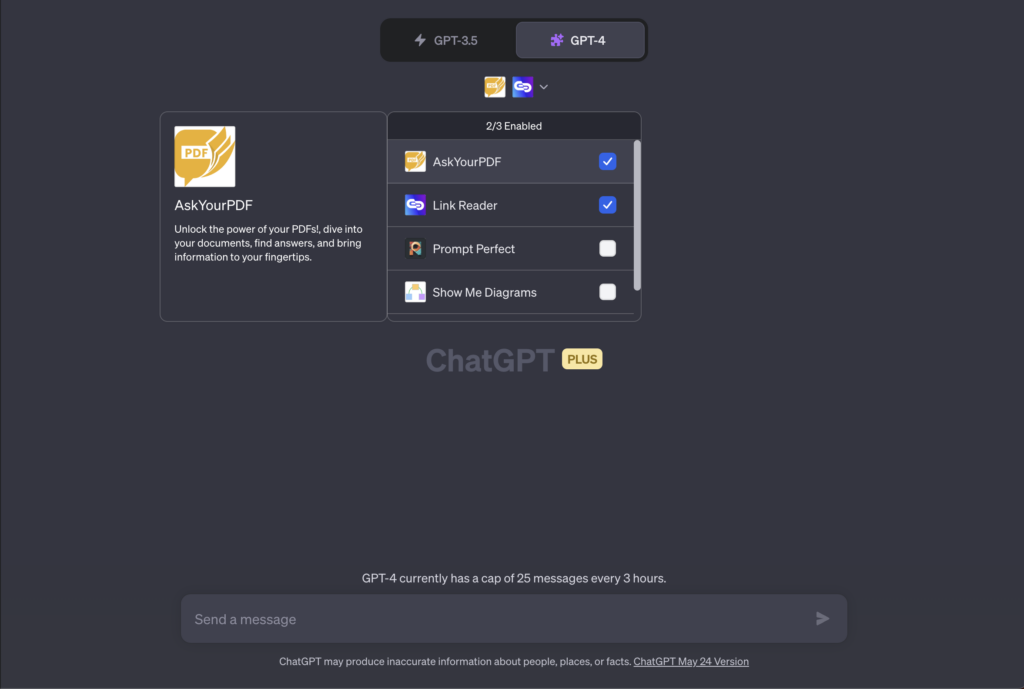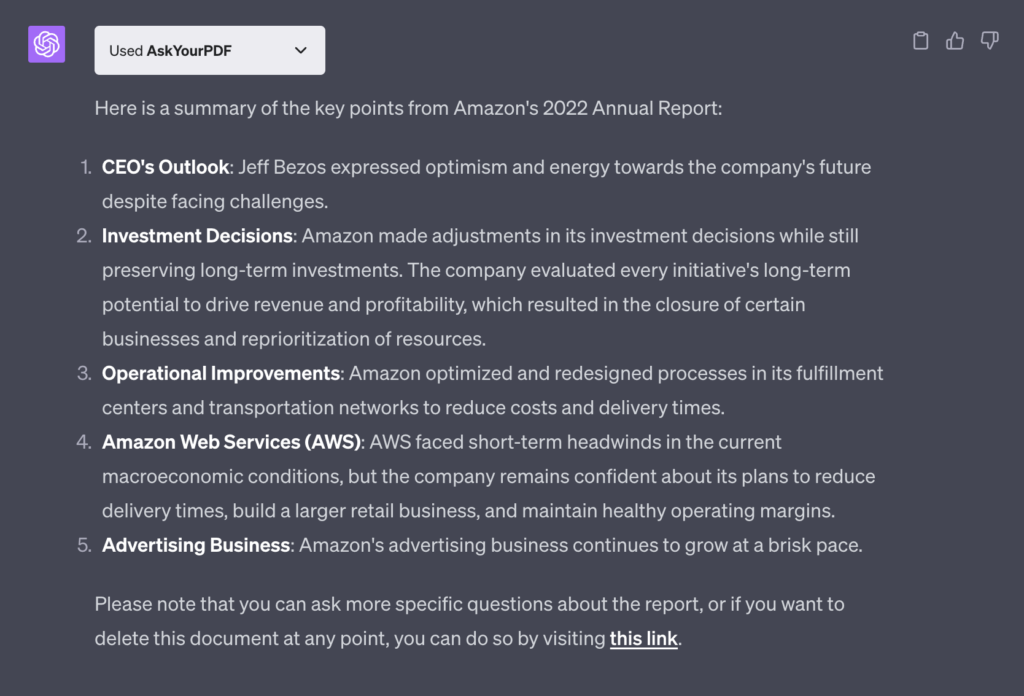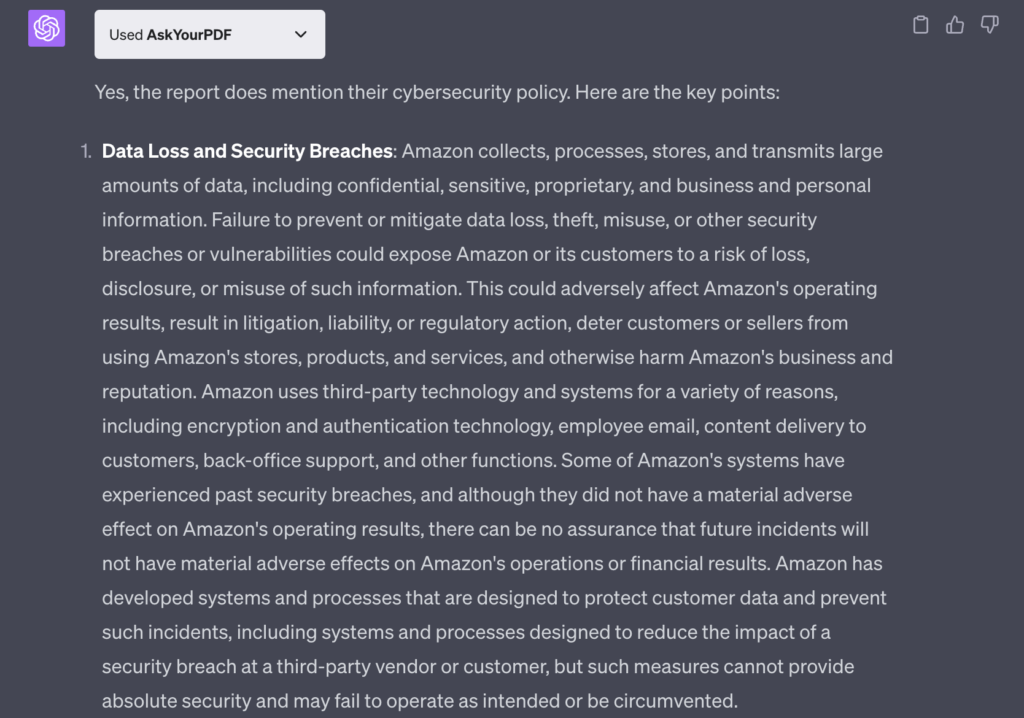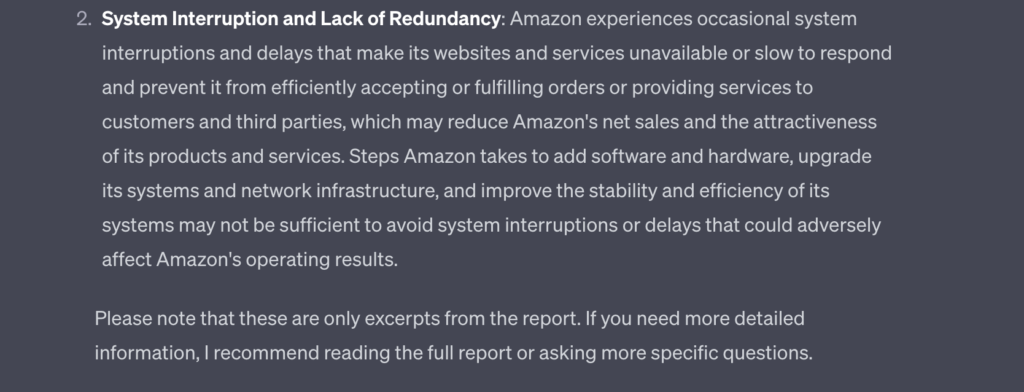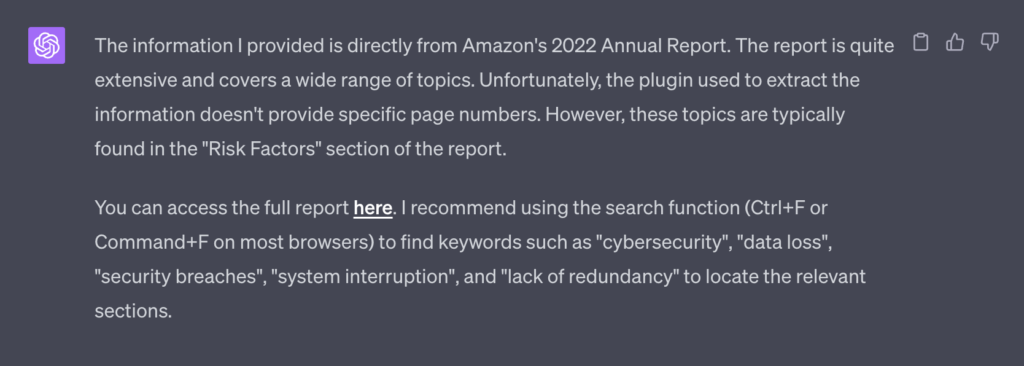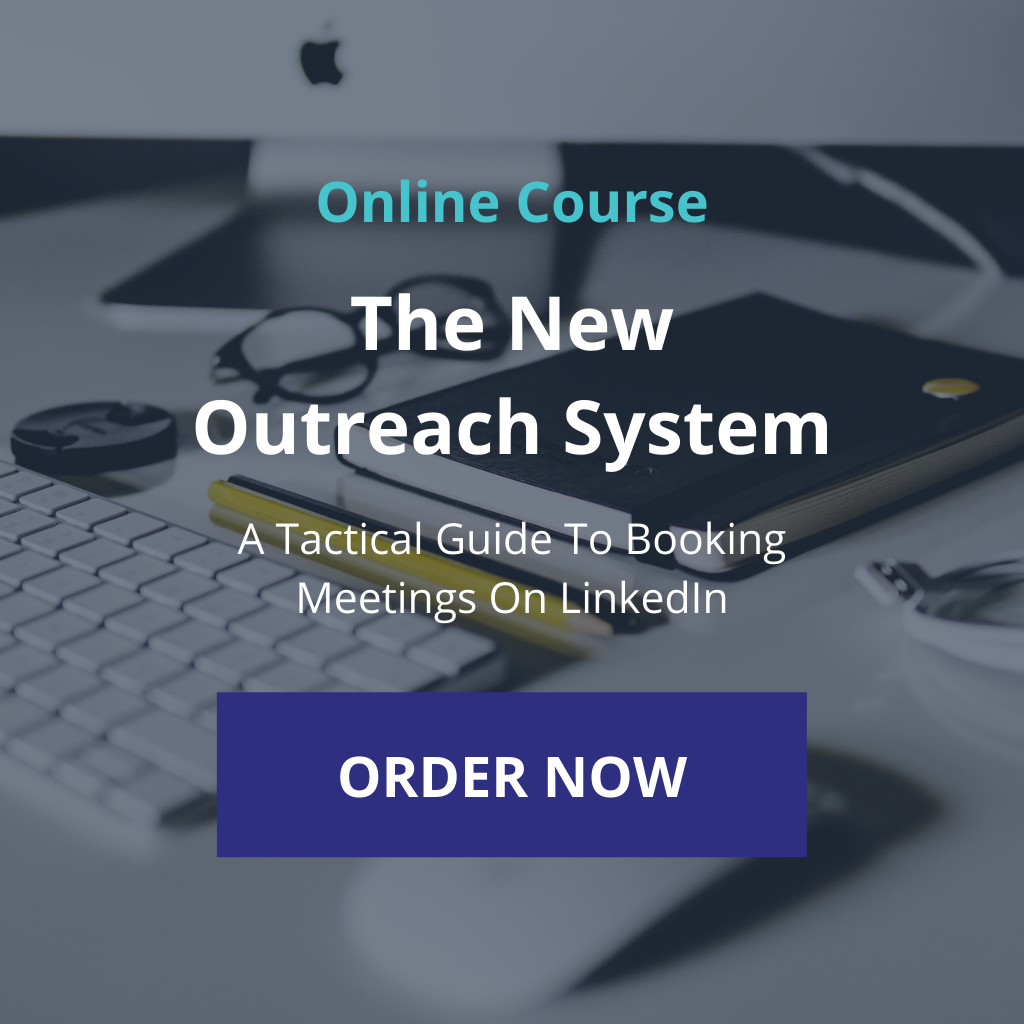Thanks to our sponsors who keep this newsletter free for the reader:
Today’s newsletter is sponsored by RepliQ. With RepliQ, you can use variables inside a ChatGPT Prompt, and leverage the power of AI to generate screenshots with ChatGPT responses that are tailored to each individual prospect to increase the ROI of your cold outreach efforts.
And by my AI Prospecting Masterclass. It’s a 90-min live workshop to discover advanced AI tactics to book meetings. Join the waitlist today.
Here’s how many prospects you should contact everyday
In today’s newsletter, I will share the system that I use to calculate how many prospects I (or my customers) should contact every day. By following this simple system, you can build the first step of your outreach system and gain a better understanding of your daily activity level.
Here’s the system, step-by-step:
Step 1: Define your goal
Start by defining or reviewing your goal. If you are an Account Executive, your goal may be a booking, MRR, or revenue goal. If you’re an SDR, your goal may be an opportunity or meetings booked. In both cases, having a clear understanding of your monthly, quarterly, or yearly goal is critical to being successful in your job.
You’d be surprised how many reps don’t know this number. Don’t be one of them.
In the example below, the goal is 138 discoveries performed per quarter:

Step 2: Set your conversion rates
Now that you have a clear goal, it’s important to understand your conversion rates. This can be as simple as determining how many meetings you book per prospect you contact, but I recommend tracking the following conversion rates:
- Reply rate: # of prospects who replied / # of prospects contacted
- Meeting booked rate: # of prospects who accepted a meeting / # of prospects who replied
- Meeting held rate: # of prospects who showed up / # of prospects who accepted a meeting
In the example below:
- Reply rate: 38%
- Meeting booked rate: 20%
- Meeting held rate: 80%

Step 3: Add a comfortable padding
Using these conversion rates, you can calculate the number of prospects to add to your sequences in order to reach your targets. However, I recommend adding a comfortable cushion to account for variations in your prospecting system.
For instance, you may not know your conversion rates if you start a new job, prospect into a new market, or simply try a new sequence. Adding a padding of 10% to 20% will reduce the risk of missing your targets.
Step 4: Turn the result into a daily activity
Finally, use your end goal and conversion rates to break down your end goal into a daily activity. In our example, performing 138 discovery calls per quarter means adding 2277 prospects to your sequence for the whole quarter, which represents 35 new prospects per weekday.

Here’s how to turn a big goal into a daily activity target. By doing so, you’ll build confidence in your prospecting system and make progress towards reaching your targets.
If you’re interested in calculating this for yourself or your team, you can use my Sales Process Calculator.
Hope this helps.
Cheers,
Thibaut Souyris
need help understanding how to use AI for prospecting?
Stop playing around with ChatGPT. Start using it to book more meetings.
P.S. When you’re ready, here are 5 ways I can help you.
→ Write cold messages that get a 38% reply rate and 27% meeting rate here (55+)
Subscribe to the Newsletter
Get my free, 4 min weekly newsletter. Used by 5.900+ salespeople to book more meetings and work when, where, and how they want.
Subscribe to the Newsletter
Get my free, 4 min weekly newsletter. Used by 5.900+ salespeople to book more meetings and work when, where, and how they want.



